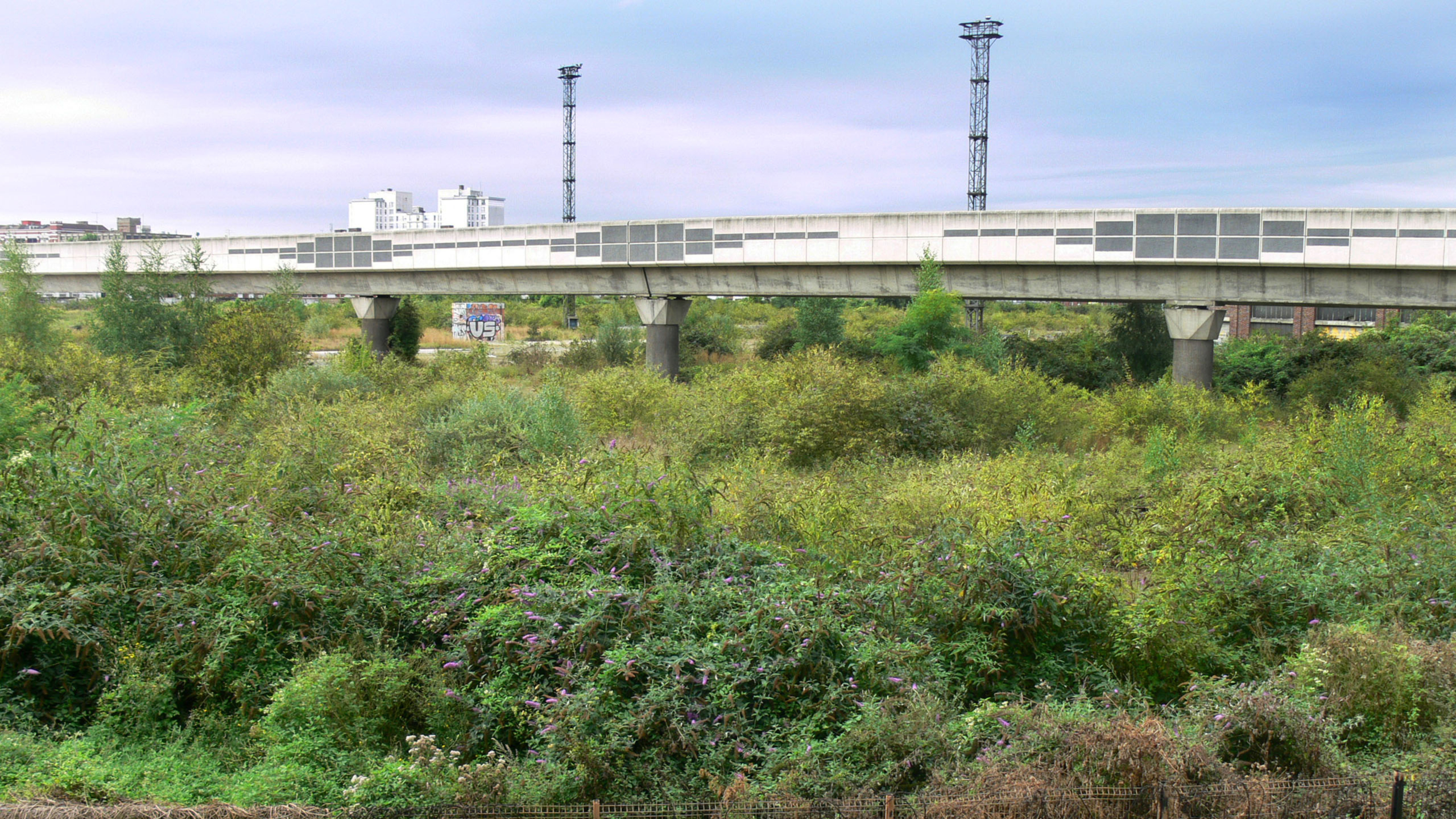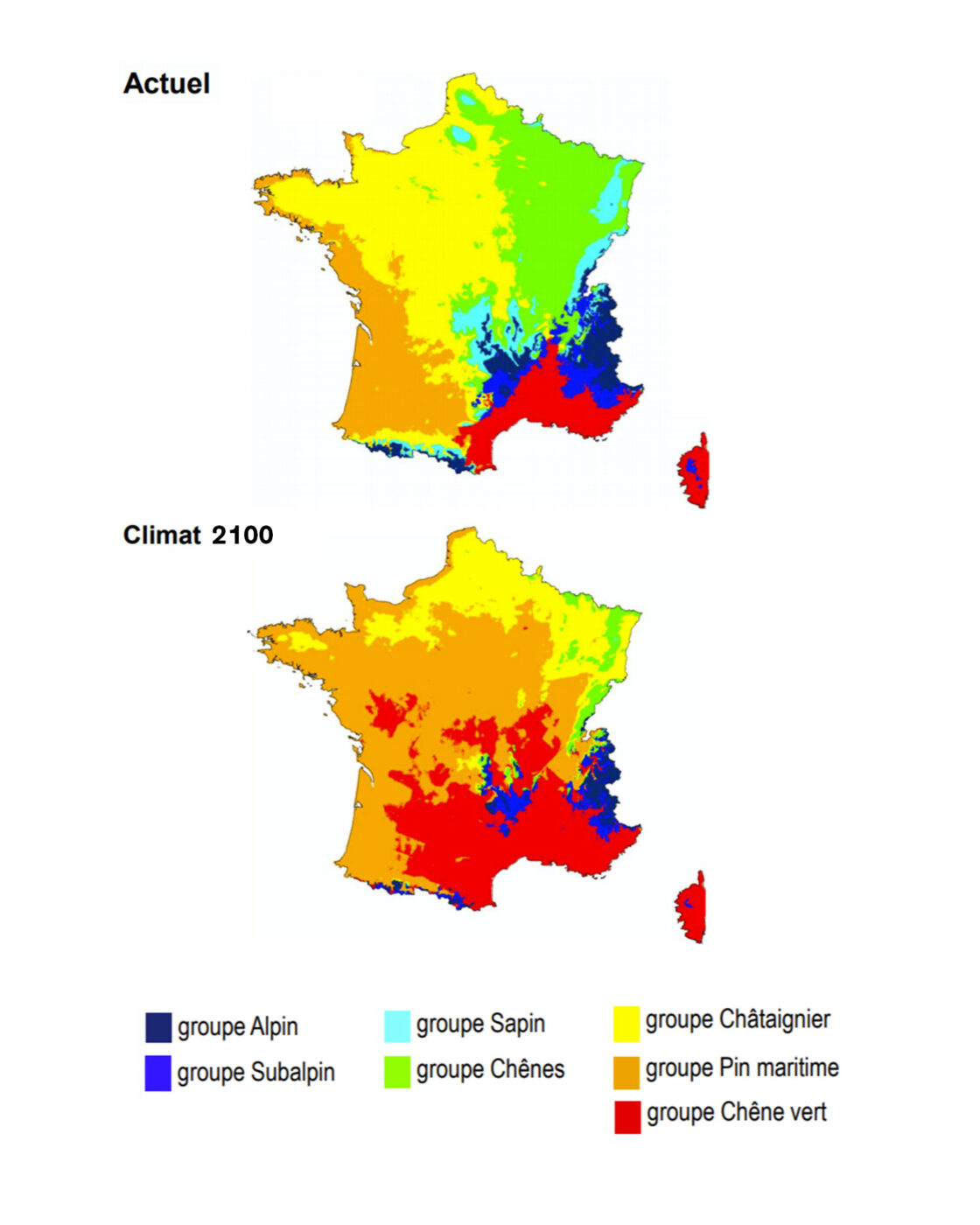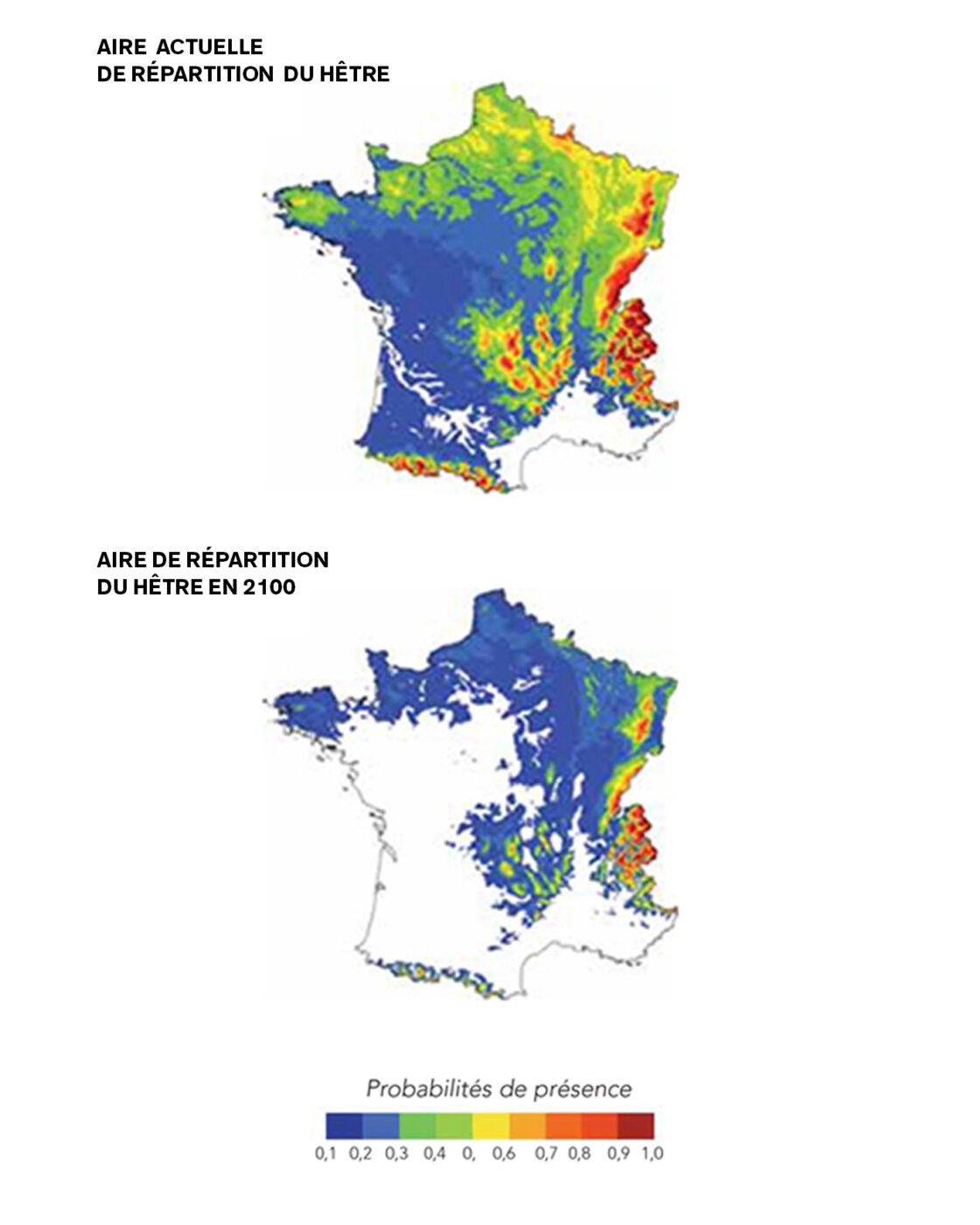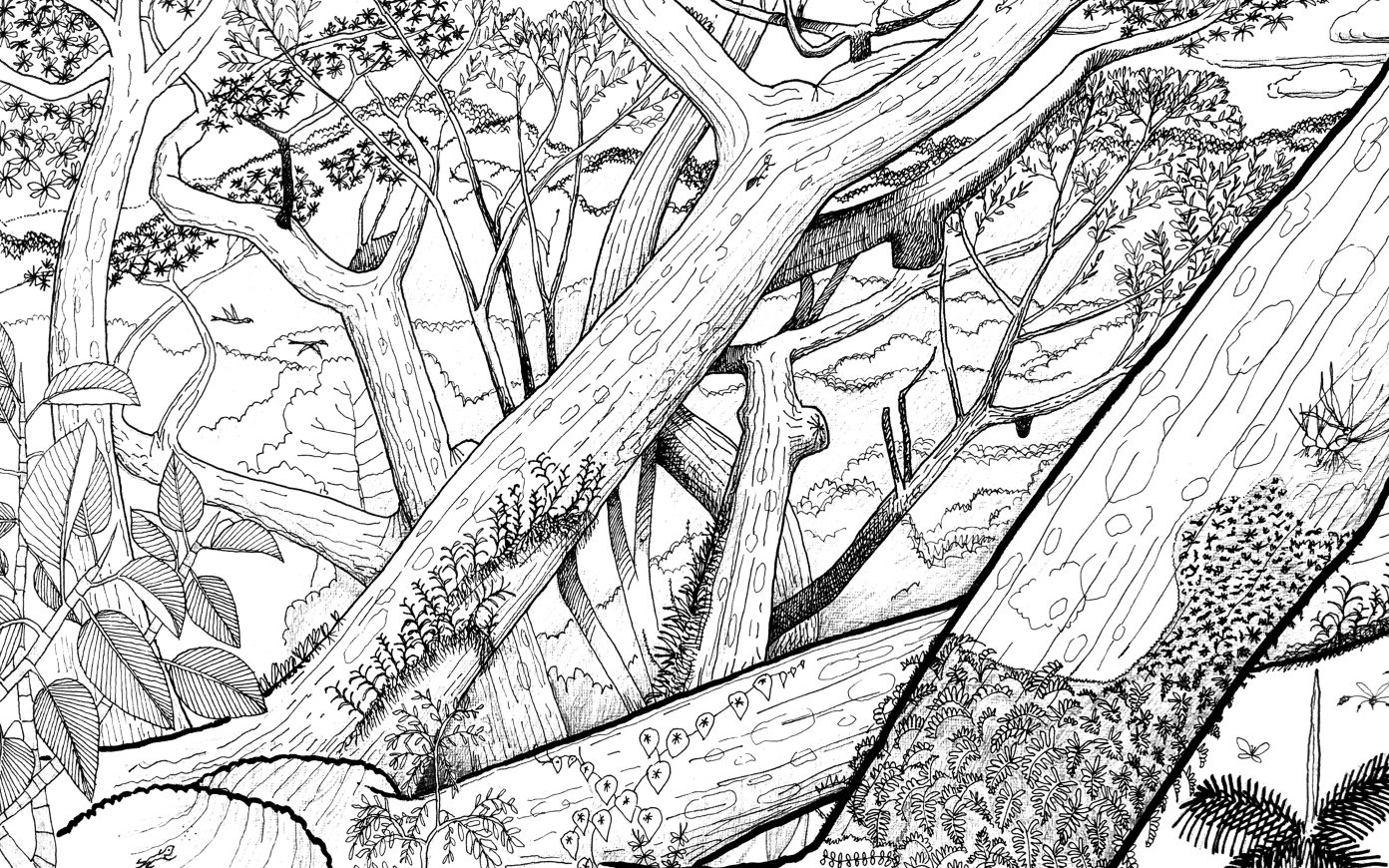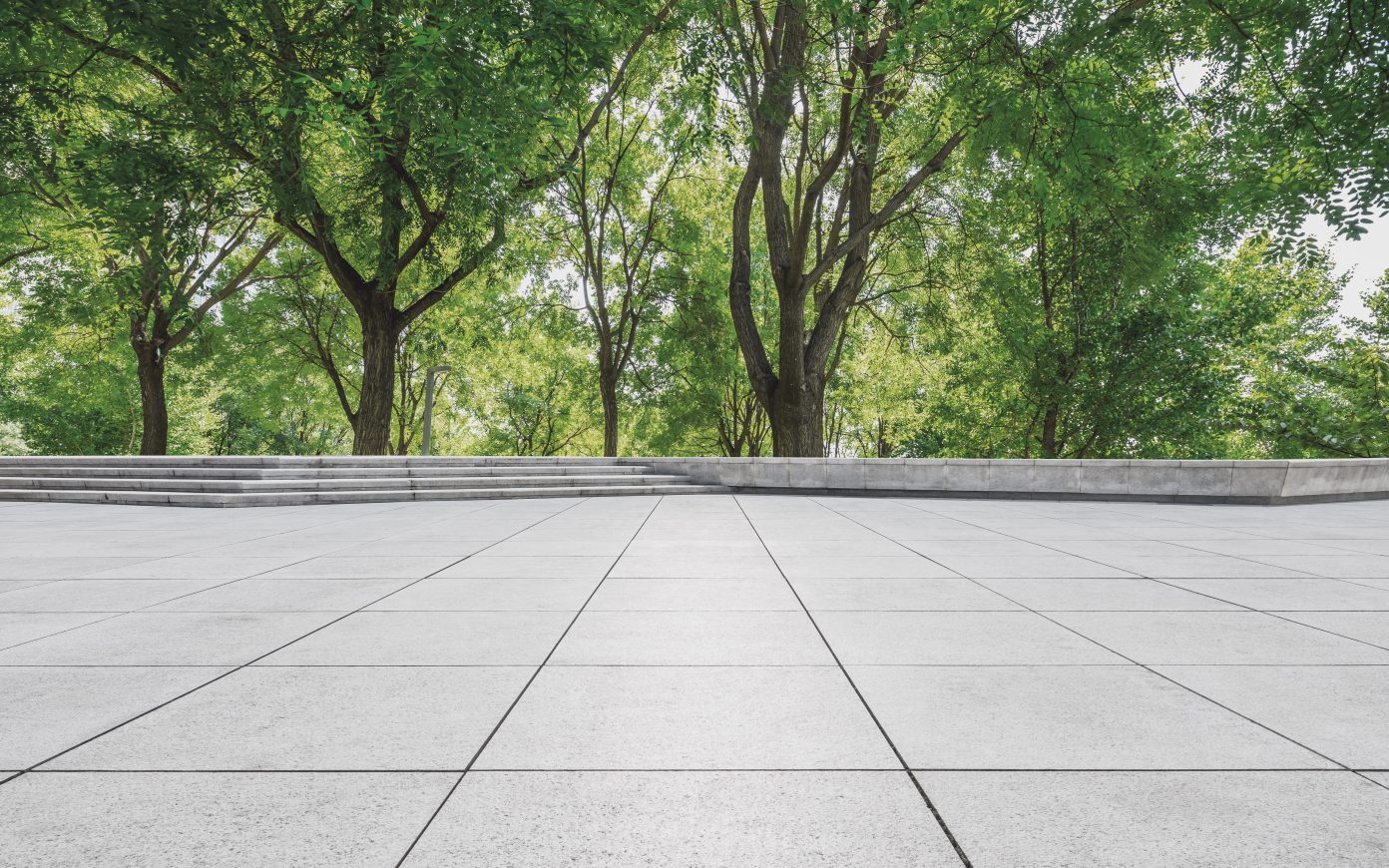A plant species or population is considered native to a geographical area (“area” being fundamental to nativeness, endemism, and alienness) if it’s naturally established there and hasn’t been voluntarily or involuntarily introduced through human influence. Among the alien species introduced by humans, a distinction is sometimes drawn between “archaeophytes” (which were introduced before Christopher Columbus’s 1492 voyage to the Americas) and “neophytes” (which were introduced after). The same applies for plant communities (in the phytosociological sense of the term), and certain “new” communities, consisting mainly of alien species, should logically be considered non-native.
Not all introduced plants are necessarily detrimental to us and therefore do not require control, let alone elimination from a given area. Many plant species cultivated in Europe happen to come from other continents, including the tomato plant, maize, and a variety of ornamental plants. Nevertheless, among the alien species that have been introduced, some acclimatize well to their new territory and a certain number become alien invasive species. Those invasive species cause environmental, economic and/or health-related damage. These are the “problematic” species that must be controlled, managed, confined to certain areas, or even eradicated where desirable and possible.
Plant Palettes in Cities and Forests
Limiting the introduction of alien tree species in forest environments is warranted, particularly as the result of their poor adaptation, in dense and dominant stands, in the natural ecosystems in which they are introduced. Their introduction can lead to epidemics and destabilize the forest ecosystem to the point of making it more vulnerable to catastrophic events.
On this matter, the French Botanical Society details all the potential consequences of the introduction of alien tree species in “natural” environments in its White paper on the introduction of alien tree species in forest environments (Livre blanc sur l’introduction d’essences exotiques en forêt).
In contrast, in city centers, this desire to exclude alien tree species appears much more debatable given that cities are anthropized environments that have little in common with real forests. Certain non-native species, which expansion can be controlled, are often better adapted to current and future environmental conditions than native species and can provide a larger number of ecosystem services.
Some advocates of local plant palettes in cities contend that alien tree species cannot provide for the local insect populations and microfauna (in terms of pollination, shelters, nutrition, etc.). Such a claim remains to be established. For instance, I don’t get the impression that pollinator Hymenoptera draw any distinction between an American linden (Tilia americana) planted in Paris and our indigenous lindens from the Île-de-France region (Tilia cordata and T. platyphyllos), though this would require further study.
Ailanthus altissima is the only woody plant introduced in Paris that was designated in 2019 as an “invasive alien species considered to be of Union concern” under the EU Regulation No. 1143/2014 on invasive alien species. During the nineteenth century, several Ailanthus plantations took place in the streets of Paris, for instance on Boulevard de l’Hôpital (in the 5th arrondissement), Avenue Pierre de Coubertin (in the 13th/14th arrondissements) or on Avenue du Président Wilson (16th arrondissement), where they currently form fine stands of trees. However, due to its invasiveness in natural ecosystems, which is now attested at EU level, introducing, and therefore planting, this tree species is now forbidden throughout the French territory by the Ministerial Decree of 10 March 2020 relative to the “prevention of the introduction and the propagation of invasive alien plant species in metropolitan France.” Its current urban stands, which result from earlier plantations, must therefore be controlled to prevent their expansion into natural ecosystems.
Urban Commingling, but Not a “Planetary” One
I draw a clear difference between natural or semi-natural environments, on which human influence is relatively low, and cities and urban environments, which are created and developed by humans to accommodate their housing and activities. In the latter, an “artificial” environment, biodiversity is increasingly promoted by humans for the beneficial effects it provides. These ecosystem services include supporting human well-being, as well as, in the case of trees, mitigating urban heat islands and improving air quality.
This biodiversity is formed, in part, by species that have spontaneously colonized these urban habitats—insects, birds, mammals, and other animal species, as well as plants.
On the other hand, I emphatically oppose any “planetary commingling” (though it is dear to Gilles Clément…), which consists in giving free reign to the circulation of species between geographical regions and especially between continents, as this commingling results in homogenization and a loss of biodiversity following the dominance of invasive species, especially in island territories rich in endemic biodiversity, like Réunion Island. Also, we cannot overlook the economic cost of these biological invasions, which runs into billions of euros on a global scale.
Adapting the selection of plant species to climate change
Many species (and possibly all of them) are indicators of climate change in that they are impacted by and react to it. This is the case, for instance, of species whose ranges are modified by climate change, like those that “go up in altitude,” meaning that low-lying forest stands are declining or disappearing, while those at higher altitudes are climbing higher than what was observed in preceding centuries. Similarly, some species face changes in the latitude of their ranges. Accordingly, it is important to anticipate these developments and to favor the species that are adapted to the climatic conditions of the second half of the twenty-first century.
As I explained in a recent publication, I advocate expanding the potential plant palette of trees in Paris by experimenting with other species with high drought tolerance, in the gardens and botanical parks of the French capital, in particular species with a southern distribution.
For instance, the genus Quercus (oaks) is highly diverse at a global level (with more than 400 species) and could provide new species that could be planted after some experimenting, in addition to the species that aren’t native to the Île-de-France region that are already largely used in Paris (Q. cerris, ilex, frainetto, rubra, etc.), hailing from the Mediterranean and the Middle East (Q. canariensis, libani, pontica, etc.), the Americas (Q. alba, imbricaria, rysophylla, etc.), or Asia (Q. variabilis, dentata, acutissima, glauca, etc.).
On another note, it is now obvious that certain temperate tree species that are currently recommended for planting in Paris, such as beech for instance, will be negatively impacted by global warming and the increasingly frequent droughts in the coming decades. Though not excluding them completely, it is advisable to restrict their use to cool and shady urban microclimates on soils with high water reserves.
More generally, it would be a good idea to attach greater importance to the environmental requirements of tree species and to reassess plant palettes based on these criteria.
Preserving the memory of events
Having acted as the chief scientific officer of the herbarium of the French National Museum of Natural History from 2014 to 2021, I had the opportunity to work on how herbaria could be used to better understand changes in flora over the last few centuries. The museum’s herbarium was created in the early eighteenth century (based on the botanical collections of J. P. de Tournefort and S. Vaillant) and has continuously been expanded ever since. It brings together specimens collected from around the world over the course of more than three hundred years. This herbarium, the world’s largest, had a large proportion of its collections reorganized and digitized a few years ago (over 5.5 million herbarium specimens), allowing open and free access to images of its collections without having to travel to the museum. In addition to this, a citizen science program called “the herbonauts” is digitizing the handwritten data inscribed on the herbarium mounts. The herbarium is, therefore, an invaluable source of data on earth’s plant biodiversity. It’s an essential tool for all studies relating to plant taxonomy and systematics.
But we’ve also realized that the herbarium could provide information on changes in the environment over the centuries, for example, mapping the decline in biodiversity (some species present in the herbarium have completely disappeared in nature and even in cultivation), biological invasions (reflecting the appearance and advance in certain areas of plants that weren’t previously known to exist there, as well as the pathogens present on these plants), and the impact of climate change on these species’ phenology and morphology. Many examples are provided in Éditions ISTE’s 2021 publication on Naturalist collections in twenty-first century science (Les collections naturalistes dans la science du XXIe siècle).
The museum’s herbarium, interacting with the other major herbaria of the world, thus appears to provide reliable testimony of the spatial and temporal changes impacting plant biodiversity and its environment.
